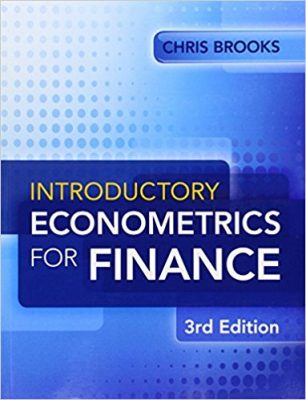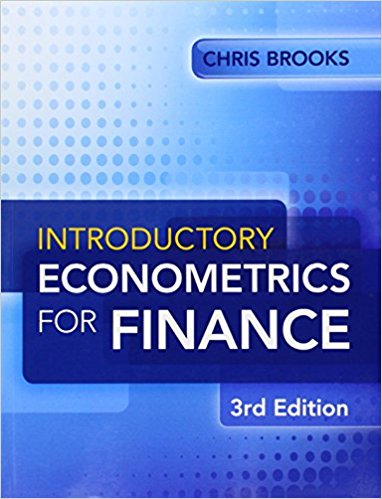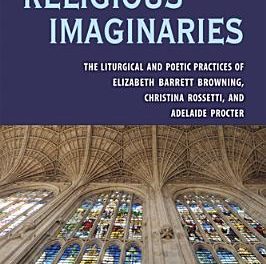 Author: Chris Brooks
Author: Chris Brooks
Publisher: Cambridge University Press – 716 pages
Book Review by: Sonu Chandiram
This is essentially a textbook for finance students, now in its third edition, published in 2014. It presents some of the most common approaches in finance for using econometrics in practice. The book contains case studies on the use of econometrics in practice taken from academic finance literature.
The author Chris Books writes that one of his principal objectives in developing this book was to show students how to use and apply econometric techniques, rather than have them derive proofs and learn formulae.
This book has been written primarily for:
- Undergraduates or Masters/MBA students who require a broad knowledge of modern econometric techniques
- Researchers (academics and practitioners)
- Teachers of financial time-series analysis or financial econometrics in undergraduate, graduate, and postgraduate programs in finance, financial economics, securities, and investments
This work has extensive coverage of various subjects and topics in econometrics within its 700+ pages. To provide you an overview of its breadth, we list below its 14 chapters, accompanied by two appendices: one shows sources of data to help you in your own research, and the other lays out table of statistical distributions:
- Introduction
- Mathematical and statistical foundations
- A brief overview of the classical linear regression model
- Further development and analysis of the classical linear regression model
- Classical linear regression model assumptions and diagnostic tests
- Univariate time series modeling and forecasting
- Multivariate models
- Modeling long-run relationships in finance
- Modeling volatility and correlation
- Switching models
- Panel data
- Limited dependent variable models
- Simulation models
- Conducting empirical research or doing a project or dissertation in finance
- Appendix 1: Sources of data used in this book
- Appendix 2: Tables of statistical distributions
This book has been classroom-tested to be useful, with proof that far more purchasers than the author’s expectations (as he notes in his Preface) bought copies of the first and second editions released in 2002 and 2008 respectively. This is also a successful project from a publisher’s viewpoint, because rarely is a subsequent edition printed and distributed if the sales of the initial printing turn out to be lackluster.
From a product quality standpoint, this is an excellent resource because of many reasons, including the following:
- It contains more recently developed econometric approaches
- It is quite accessible – no prior knowledge of econometrics is necessary
- It is a practical text, with real-world cases are presented in it
- It contains a Glossary of terms for those unfamiliar or not-so familiar with them.
All in all, this work provides a good introductory and foundational knowledge in econometrics.
Editor:
Chris Brooks is Professor of Finance and Director of Research at the ICMA (International Capital Markets Association) Center in Henley Business School located at the University of Reading in Reading in the United Kingdom, where he obtained his PhD.
Dr. Brooks has diverse research interests and has published over a hundred articles in leading academic and practitioner journals, and six books. He is Associate Editor of several journals, including the Journal of Business Finance and Accounting, the International Journal of Forecasting, and the British Accounting Review.
He acts as consultant and advisor for various banks, corporations, and professional bodies in the fields of finance, real estate, and econometrics.







